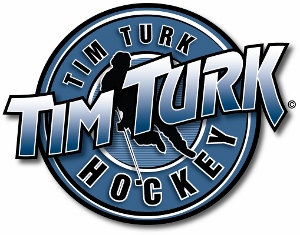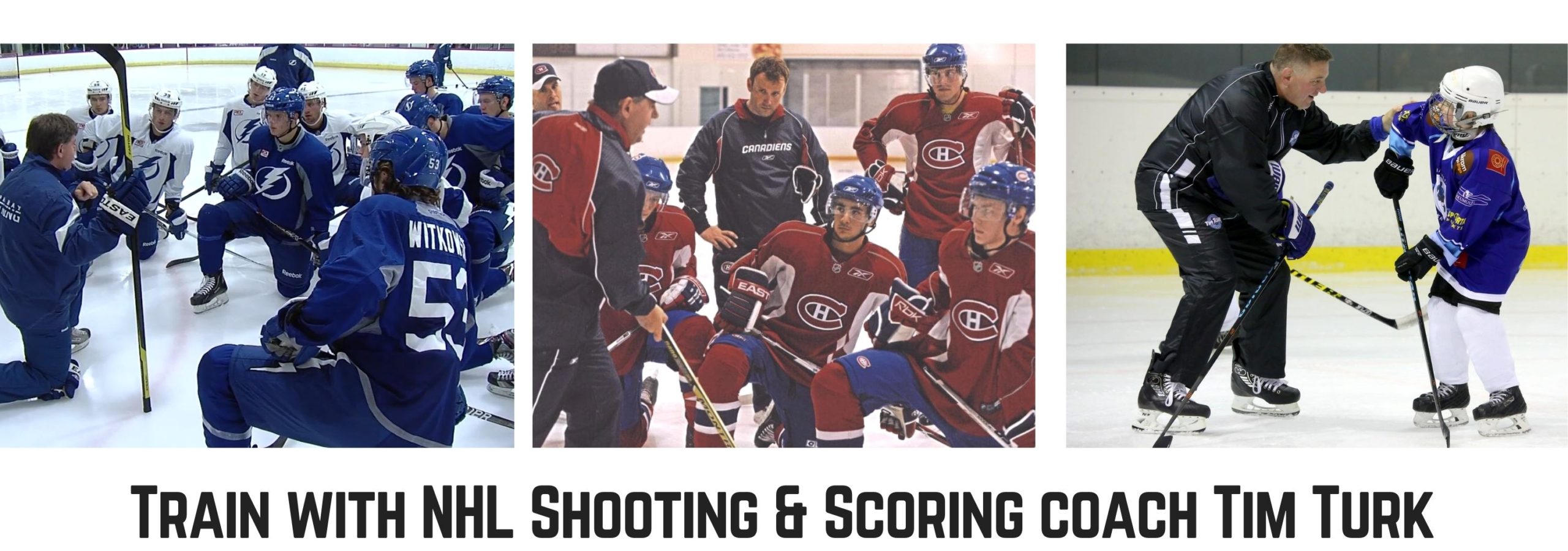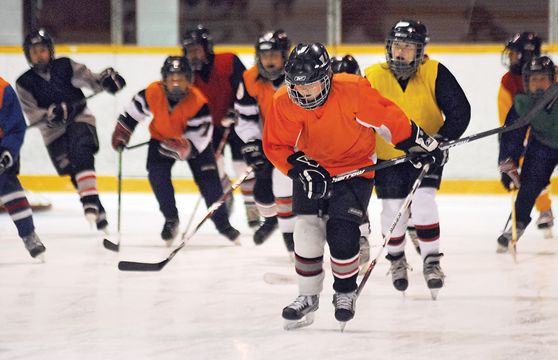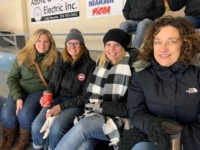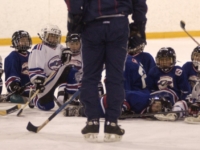Hockey is an intense sport that requires speed, power, and endurance, even at the minor levels. Kids enjoy hockey for its fast pace and unique gameplay, some even utilizing skills from other sports and activities to improve their hockey game. Like other sports, there is a mental aspect to hockey, and learning how to improve this can give any player a leg up in their game. This is where visualization comes in handy. Simply put, visualization is the act of creating a mental image of your intended outcome before actually performing any action. There are many ways a player can practice visualization and use it to improve his or her hockey game.
Visualize Your Intended Outcome
This is the first step in utilizing visualization in sports, and it applies to drills, practices, games, and tournaments. Many players may simply play the puck as it lies and follow their body wherever it takes them, trying to avoid defenders and score a goal in any way that they can. However, this is not the optimal route to take. When a player sees an opportunity to seize the puck, he or she should be thinking several steps ahead, visualizing the outcome in their mind before even making contact with the puck. While the competition is still thinking about the present position of the puck, the player using visualization is three or four steps ahead, ready to blow by defenders and score that goal. It’s important to visualize success outcomes rather than worrying about the consequences of failure. Failure will happen plenty of times but remaining positive will help turn these failures into learning experiences rather than things to dwell on.
Relaxation
One of the keys to visualization is learning to become relaxed, no matter what the situation. This begins with physical relaxation, as your physical state can affect the state of your mind. When you are relaxed, you can enter a higher level of thinking and responsiveness that won’t be negatively affected by nerves or worrisome thoughts. This puts you into a sort of “zone” that allows you to better perform at peak levels. In fact, finding the right level of relaxation and visualizing yourself performing at your very best can translate to actual success on the ice rink. When you have this image in your head but are still fully relaxed, you’ll be able to harness your energy to provide motivation for your actual game.
Practice
Visualization doesn’t come naturally for most people. Much like any skill or ability, it takes a lot of deliberate practice. Focus on consistency when it comes to visualization. It is better to practice for 5-10 minutes every single day than to cram it all into a one-hour session every week. This benefits you in two ways – it helps keep you on a schedule and makes sure that you don’t burn yourself out with sessions that are too long to remain effective. As you go through more and more practice sessions with visualization, you’ll begin to understand why it is important to clear your mind and focus on intended outcomes in order to be successful.
The mental practice of visualization at home can soon be transferred to your physical practices and even competitive games. Before a practice or scrimmage, use your visualization technique to help you relax and harness your inner energy. Allow this to take over while you are skating around on the ice. You might find that you have lapses in your visualization, but that’s okay. Every time you get back out on the ice and practice these techniques, your skills will become stronger and you’ll continue to gain advantages over the game.
Harness Your Emotions
As mentioned earlier, visualization and relaxation can help you find your center of energy and release it during practice or game time. It can also help with keeping your emotions in check, using your energy to create positive outcomes rather than to gravitate towards negative ones. Without visualization, you may get frustrated at a missed shot or bad call from a referee. This can lead to lashing out in negative ways, such as taking ill-informed penalties or playing a sloppy game to try to make up for one mistake.
When you begin to master the visualization process, you’ll be able to brush off these issues without negatively affecting your performance. Think of a professional hockey player – they get hit, slashed, rolled over, and checked dozens of times a game, but most of them keep their cool and continue to play towards their intended outcome. Occasionally you’ll see one get riled up and make a stupid mistake – that means they have lost their grounding and have failed to use the power of visualization.
When you become more adept at the process, you’ll be able to turn negative aspects of your game into positive ones. The brain is a muscle, and the more you train it, the more it will be able to accomplish. After sustaining a fall, a well-visualized player will be able to get up and get right back into the game. Why? Because they were prepared for the fall before it even happened, and had it visualized in their mind what they were going to do in case something went wrong. Finding your positive visualizations throughout the game are key in helping you overcome negative emotions and situations.
Keep at It
You may have a few practice sessions and feel like you aren’t getting any results. That is perfectly okay – you simply haven’t found what it is that you need to visualize. It is important that you continue these sessions both on and off the ice until you can fully visualize the positive outcomes that you want for your personal game. The most successful professionals are always on top of their mental game, and it will help you to stay motivated if you work on your visualization techniques. You won’t only become a more skilled and successful hockey player, you’ll become more positive overall.
